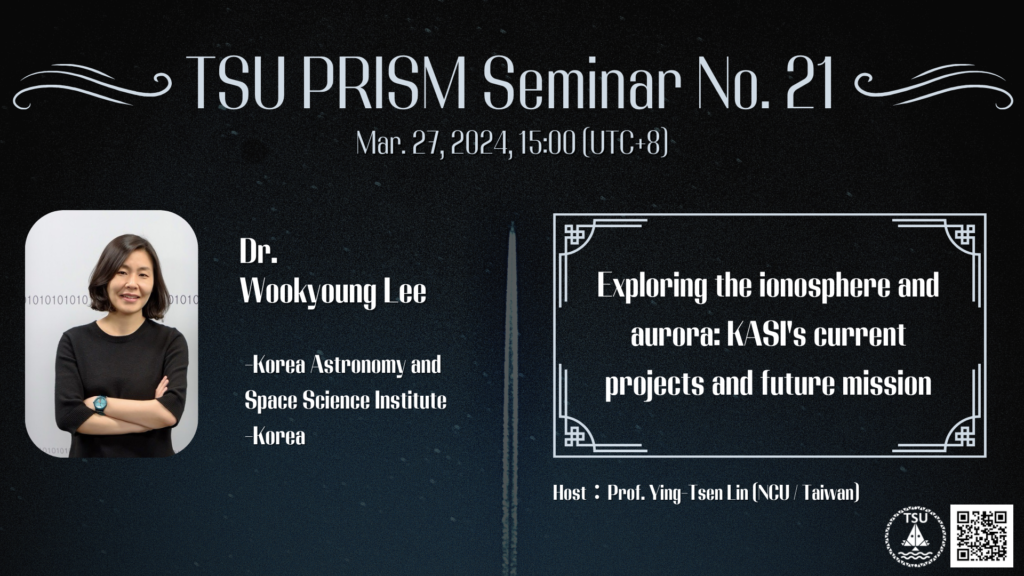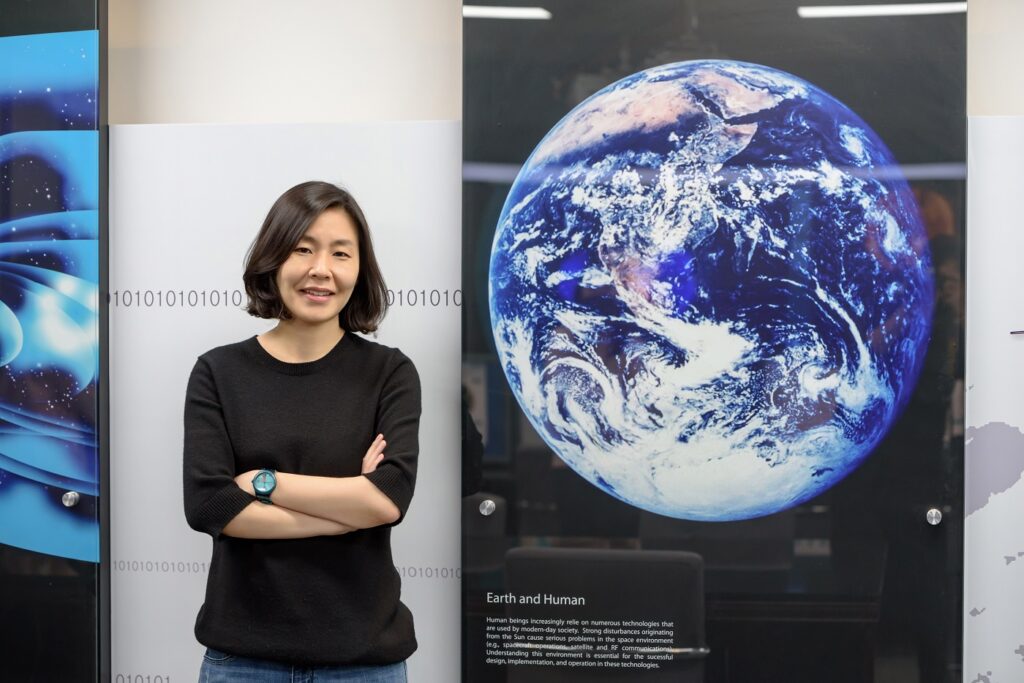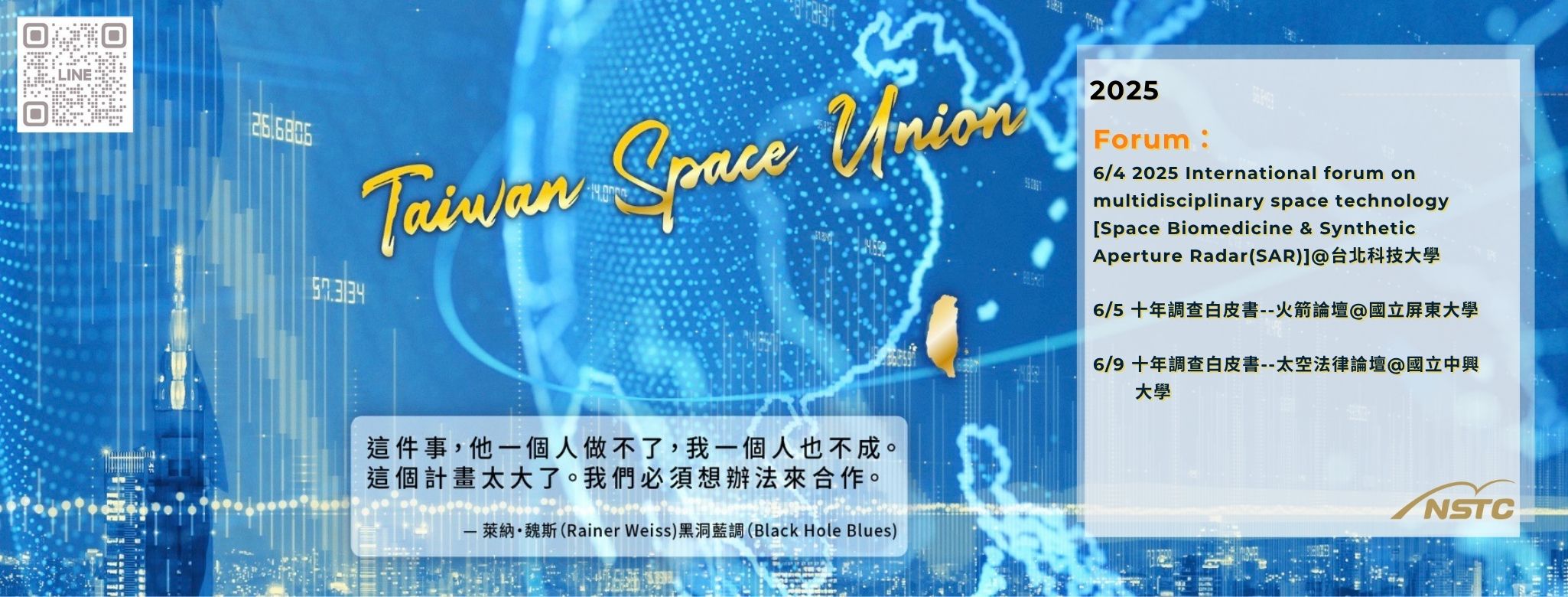
★ March 27, 2024, 15:00 pm (UTC+8)
Speaker: Dr. Wookyoung Lee (Korea Astronomy and Space Science Institute)
Title: Exploring the ionosphere and aurora: KASI’s current projects and future mission
VIDEO

Dr. Wookyoung Lee
Research Field:
Earth’s ionosphere and thermosphere, effects of plasma irregularities on GNSS, ionospheric modelling, space-born sensor development
Work Experience:
Principal Researcher (01/2021 ~ Present): KASI, Republic of Korea
Senior Researcher (01/2014 ~ 12/2020): KASI, Republic of Korea
Visiting Scientist (09/2012~12/2013): Johns Hopkins University Applied Physics Laboratory, USA
Visiting Scientist (09/2011~08/2012): COSMIC project office at University Corporation for Atmospheric Research, USA
Abstract
In this talk, I will introduce ongoing projects at the Korea Astronomy and Space Science Institute (KASI) aimed at monitoring the ionosphere through ground-based and space observations. The ionosphere constitutes the ionized portion of Earth’s upper atmosphere, spanning altitudes from 50 km to 1,000 km. Its density and configuration exhibit variations in response to solar radiation, external forcing from outer space, and internal forcing from the lower atmosphere. Monitoring the ionosphere holds significant importance for radio communications and navigation purposes. Global Navigation Satellite Systems (GNSS) offer a valuable tool for continuous ionospheric observation due to their 24/7 availability.
KASI has been developing a near-real-time (NRT) ionospheric monitoring system, utilizing GNSS data from 40 stations. This system generates maps of Total Electron Content (TEC) and Rate of TEC (ROTI) every 15 minutes. Additionally, KASI is in the process of establishing a GNSS scintillation observation network along a meridional chain. This network encompasses two stations in Korea, one in Micronesia, and another in Antarctica. KASI has also engineered a regional TEC prediction model employing a deep learning approach. By using a 20-year TEC dataset, this prediction model adeptly forecasts TEC values 24 hours in advance.
The Republic Of Korea Imaging Test System (ROKITS) is a wide-field auroral/airglow imager being developed by KASI. ROKITS is set to be deployed aboard the Korean Compact Advance Satellite (CAS500-3), scheduled for launch in 2025. CAS500-3 will orbit at an altitude of 600 km with an inclination of 98° (LTAN: 12:40 PM). Having successfully completed the Critical Design Review in May 2023, ROKITS is currently in the process of building a flight model. This imager provides auroral and airglow images at two spectral bands (OI 557.7 nm and OI 630.0 nm) with a narrow bandpass filter (3 nm, FWHM), as well as visible images without a filter. ROKITS offers a 90° field of view, allowing for an imaging swath of approximately 700 km. The primary scientific objective of ROKITS is to delineate the boundary of the auroral oval and characterize various auroral shapes, as well as plasma irregularities in the low and mid-latitudes.
With the heritage of ROKITS, KASI is initiating a new satellite mission dedicated to space weather monitoring, called ‘ATHENA’. The enhanced version of ROKITS and FUV imager will be the main payload of ATHENA, providing observations of auroras, atmospheric gravity waves, neutral mass density, etc.

